strike. 17 mar 2021 — 18 apr 2022
strike. 17 mar 2021 — 18 apr 2022
Peter beliy. Curator - Alexander Dashevsky.

Strike. PETER Beliy. Curator - Alexander Dashevsky.
Until quite recently, it seemed that the era of large forms, brutal materials, materials, monumental statements is the past of Russian art and the time has come for pink fur, mirrored sequins, clay pretzels and mumbling stories about one's vulnerability and someone else's toxicity. But no - the rusty wheel of national history began to rapidly rotate counterclockwise, involving those in the affected area into an unexplored past, full of direct violence and the danger of a nuclear strike.
Apocalyptic memories and forebodings are one of the leitmotifs of Peter Bely's art. Starting with the Danger Zone installation, he works with images of a vague past, ready to reproduce themselves in a vague future. The Silence project was also about this, where a silent explosion endlessly stretched out the moment of catastrophe. But then it was about generalized images that absorbed the echoes of many tragedies, which the author's ear distinguished through the temporal thickness (a practice that the artist himself called "memorial layout"). Now we are in the exact opposite position - too little time has passed since the beginning of a new era and events are still boiling bloodily. The lack of distance and truthful information dooms the author's statement to inaccuracy, emotional overload, lack of resources, data for reflection and the natural distrust of others. And does the speaker himself have the right to speak? The system of meanings that define the role of the artist is broken, the culture is confused, everyone froze in poses of despair and horror. In this situation, Peter Bely gave the word to his artistic materials, primarily black offset ink.
Monotype stands apart among the techniques of printed graphics. It contains a contradiction to the main utilitarian meaning of printing - circulation: there is always one print. A deep connection with the physical properties of the paint (fluidity, for example, like concrete), a high proportion of spontaneity make the result unpredictable. The process of printing becomes a question.
From under the shaft of an etching machine comes out what until recently could have been an aesthetic abstraction, and what is now recognized as reports from the front line: landscape photography by a drone, a flash of a missile strike, smoke from burning houses, falling remnants of a downed aircraft, a nuclear reflex on the clouds - kaleidoscope of violence. The texture of the objects presented in the exposition works in the same way: broken bricks, protruding reinforcement, concrete, oozing water at the tactile level communicate what the eye is not able to distinguish. Fog, steam, haze, shapeless heaps, a littered horizon, a shaking camera that can neither fix nor convey what is happening - the vision refuses to see, the mind refuses to perceive. But the authenticity of this reportage is not in doubt - as it is said in the Book of Revelation: "the faithful and true witness."
Alexander Dashevsky
Monotype stands apart among the techniques of printed graphics. It contains a contradiction to the main utilitarian meaning of printing - circulation: there is always one print. A deep connection with the physical properties of the paint (fluidity, for example, like concrete), a high proportion of spontaneity make the result unpredictable. The process of printing becomes a question.
From under the shaft of an etching machine comes out what until recently could have been an aesthetic abstraction, and what is now recognized as reports from the front line: landscape photography by a drone, a flash of a missile strike, smoke from burning houses, falling remnants of a downed aircraft, a nuclear reflex on the clouds - kaleidoscope of violence. The texture of the objects presented in the exposition works in the same way: broken bricks, protruding reinforcement, concrete, oozing water at the tactile level communicate what the eye is not able to distinguish. Fog, steam, haze, shapeless heaps, a littered horizon, a shaking camera that can neither fix nor convey what is happening - the vision refuses to see, the mind refuses to perceive. But the authenticity of this reportage is not in doubt - as it is said in the Book of Revelation: "the faithful and true witness."
Alexander Dashevsky